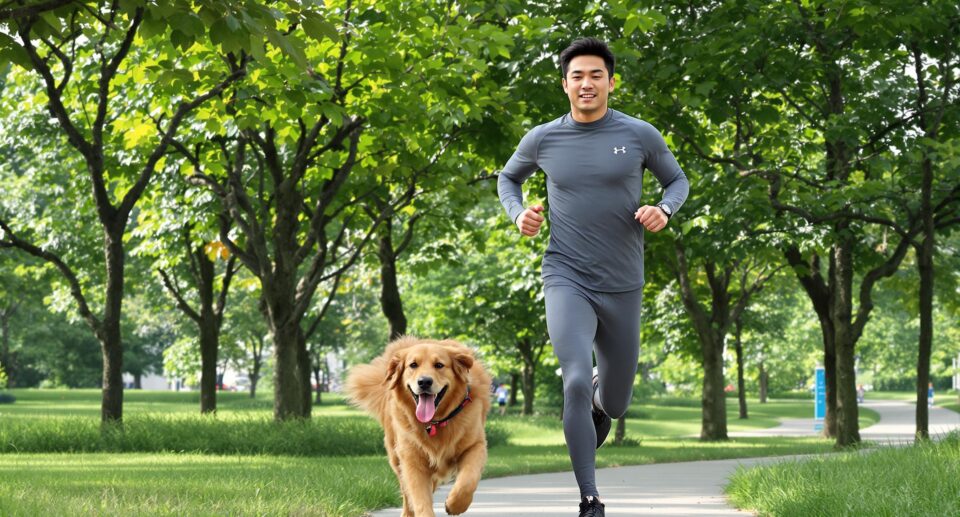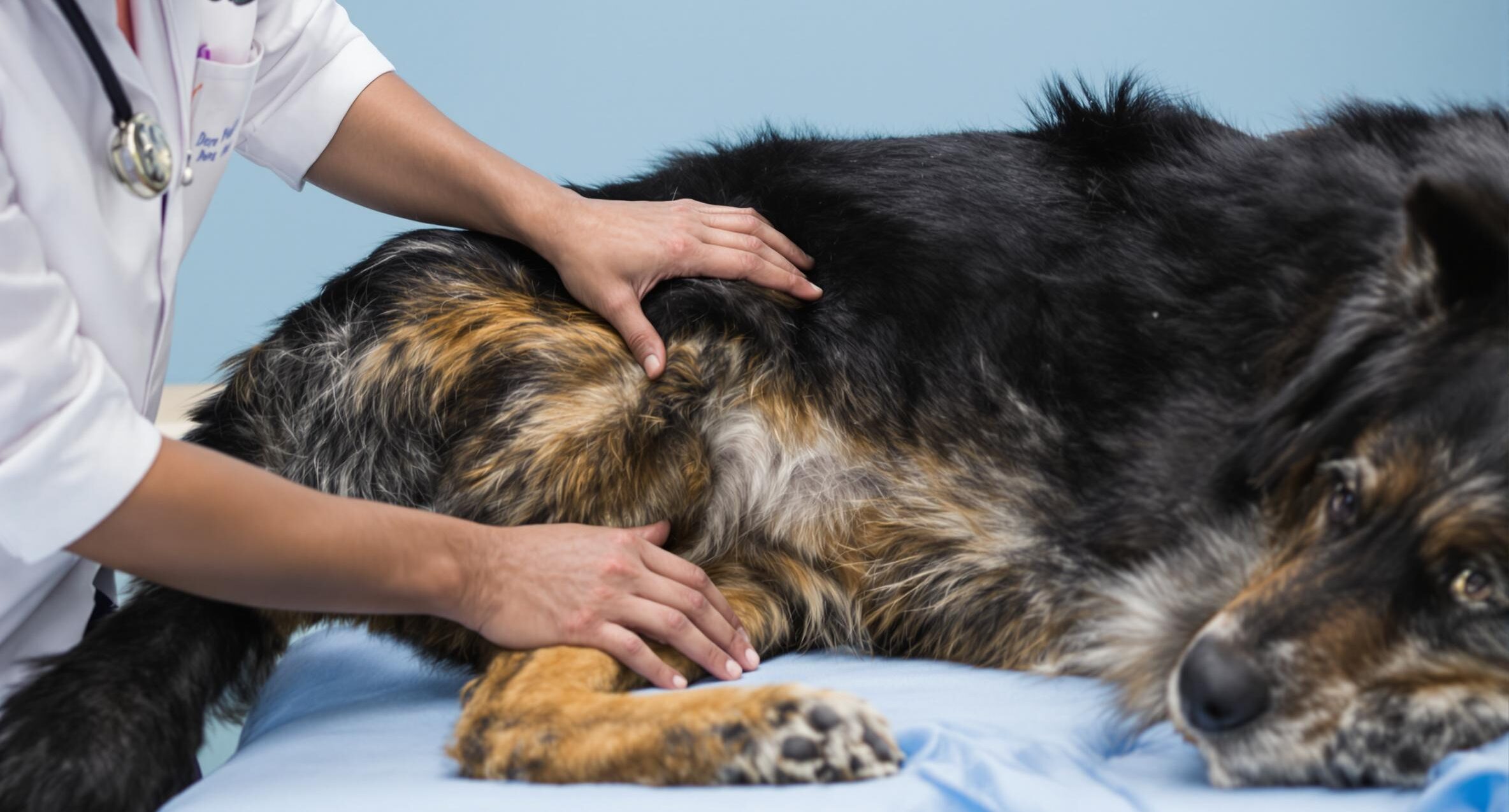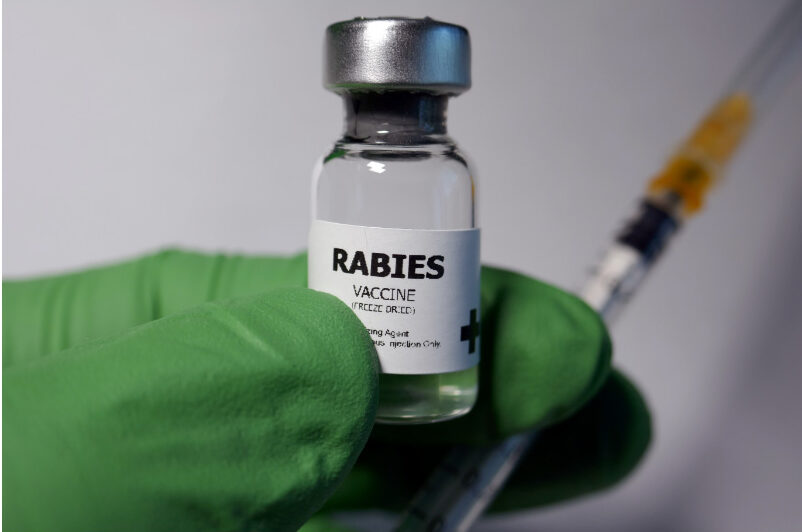Side Effects From Rabies Vaccine in Dogs: What to Expect

Key takeaways:
- Most dogs experience mild, temporary side effects after receiving the rabies vaccine, such as tiredness or tenderness at the injection site, which generally resolves within 24 to 36 hours.
- Severe reactions to the rabies vaccine are very uncommon but require immediate veterinary attention. Closely monitoring your pet can help ensure their safety and well-being.
- Partnering with your veterinarian to create a personalized vaccination plan can help you effectively manage your dog’s health needs while minimizing potential side effects.
Has your puppy just received their rabies vaccine, or are you preparing for an upcoming appointment? Like many pet parents, you might feel concerned about potential vaccination reactions. While mild side effects appear in some dogs during the first 24 to 36 hours after vaccination, knowing what to expect helps you stay calm and prepared.
Most pets bounce back quickly after their rabies shot, showing only mild reactions like brief tiredness or slight tenderness where they received the injection. At PetHealthMD, we understand that every pet’s comfort matters—that’s why we’re right beside you with practical advice and caring support. We’re here to help your furry family member feel their best after vaccination.
Understanding the rabies vaccine
Protecting your four-legged family member from serious health threats ranks high on your priority list. The rabies vaccine offers peace of mind, guarding your pet against a disease that’s nearly always fatal. With proper vaccination, you’re safeguarding your beloved companion and contributing to the health of your entire community.
When administered, the vaccine prompts your dog’s body to create protective antibodies. These defenders remain vigilant, ready to fight off the rabies virus if exposure occurs. This remarkable defense system has helped reduce human rabies cases dramatically.
Most puppies receive their first rabies vaccine between 12 and 16 weeks of age. This initial shot starts a lifelong protection plan, with boosters typically needed every one to three years, depending on your location and local regulations. Your veterinary team will help create a schedule that keeps your pet protected while meeting legal requirements.
The success of widespread vaccination programs is backed by numbers; the canine variant of rabies has become rare in many regions. While mild side effects may occur, they’re a small trade-off for the long-term protection your pet receives. Regular check-ups and staying current with vaccinations help maintain this shield of protection, giving you confidence in your pet’s well-being.
Recognizing common rabies vaccine side effects in dogs
After receiving a rabies vaccination, dogs commonly experience temporary reactions as their bodies build protection. Here’s what you might notice in your pet:
- Your dog may prefer extra naps or show less interest in play – this natural response shows their body is working to build protection against the virus.
- A small, firm bump at the injection site signals your pet’s immune response at work. Like a person’s arm after a flu shot, the area may feel tender when touched.
- Changes in appetite often pair with slightly warm body temperature. Offering favorite treats in smaller portions can help maintain nutrition while your pet recovers.
- Light swelling around the face or small raised spots on the skin might appear. If needed, your veterinarian can recommend appropriate treatment or potentially even allergy medication.
Most pets return to their usual playful selves within two days as these common rabies vaccine side effects naturally resolve.
Watching out for the rare but serious side effects
You know your dog better than anyone. This knowledge, combined with knowing potential serious vaccine side effects, helps you keep your furry family member safe. While severe reactions are uncommon, knowing what to watch for brings peace of mind.
A severe allergic reaction, called anaphylaxis, requires immediate medical care. Warning signs include:
- Difficulty breathing or rapid panting
- Sudden swelling around the face or throat
- Pale or bluish gums
- Weakness or collapse
- Severe vomiting or diarrhea
Your observation skills make a real difference in these situations. Despite the rarity of severe allergic reactions from rabies vaccines, if you notice any concerning changes in your dog’s behavior or appearance within hours of vaccination, reach out to your veterinary team right away. They’re ready to help and would much rather check a false alarm than miss a serious reaction.
In the days following vaccination, pay attention to your dog’s energy and appetite. Unusual lumps at the injection site or ongoing tiredness might need a veterinary check. Your veterinarian can evaluate these responses and adjust future vaccination plans to suit your dog’s needs better. Remember, raising concerns about your pet’s health is never an overreaction—it’s part of being a caring pet parent.
Proactive management of rabies vaccine side effects in dogs

Supporting your dog through their rabies vaccination recovery is straightforward with the right approach. Here’s how to keep your pet comfortable and monitor their well-being:
- Talk with your veterinarian before vaccination about your dog’s health history and sensitivity to vaccines. They might recommend pre-treatment with antihistamines or create a tailored vaccination plan.
- Keep an eye on your pet’s temperature and energy levels for 36 hours post-vaccination. A normal temperature ranges from 101-102.5°F. If your dog feels warm or seems lethargic, use a pet thermometer to check their temperature.
- Create a recovery space with a cozy dog bed away from household noise and activity. Offer fresh water frequently, and if your pet’s appetite decreases, try serving their regular food in smaller portions throughout the day.
- Watch the injection site for swelling or tenderness. Apply a clean, cool compress for 5-10 minutes if you notice mild swelling. For facial swelling or persistent injection site reactions, reach out to your veterinarian about antihistamine options.
- Call your veterinarian right away if you notice breathing changes, repeated vomiting (more than twice in 4 hours), severe diarrhea, or collapse. While these reactions are uncommon, quick medical attention makes all the difference.
Partnering in your dog’s vaccine safety
Your loving attention makes all the difference in your dog’s vaccination experience. Having a watchful eye and gentle care helps your furry family member stay comfortable. More importantly, working together with your veterinarian creates a trusted support system for your dog’s health journey.
For immediate comfort measures, explore our resources at PetHealthMD on managing vaccine-related discomfort and general pet care tips. Connect with your veterinarian today to create a personalized vaccination plan that keeps your dog protected while prioritizing their comfort and well-being.





